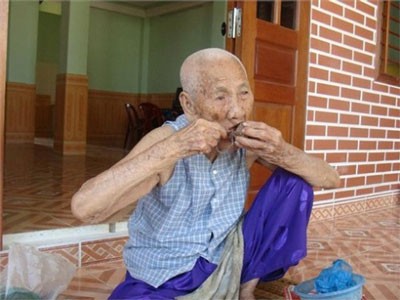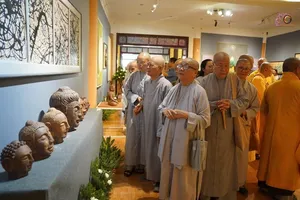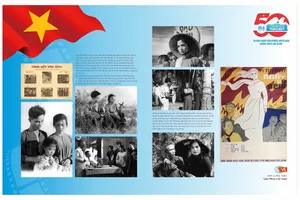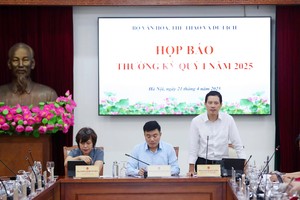
The Vietnam National History Museum, the Vietnam Museum of Ethnology and the Vietnamese Women’s Museum have jointly organized an interesting exhibition in Hanoi, of tools for eating and preparing betel leaf and areca nut, to help visitors better understand the country’s ancient custom.
The event also contributes to maintaining a beautiful traditional culture of Vietnamese people. Around 100 typical exhibits including pots of slaked lime, cylindrical lime holders, and betel-trays belonging to the Ly Dynasty, will be on display.
The highlight of the show is a set of betel leaf and areca nut eating tools of the noble and rich people of the Nguyen Dynasty, made of gold, silver and precious stones, with exquisite designs. There are also similar tools made of bamboo, ceramic and copper, used by ordinary people.
Besides, there are unique tools used by people belonging to ethnic minority groups, which have specific features.
According to ancient custom, chewing quid of betel and areca has been a practice since the Hung Vuong period.
A quid of betel, also called trau, is composed of four elements, namely, an areca leaf (sweet taste), betel bark (hot taste), a chay root (bitter taste), and hydrated lime (pungent taste). The custom of chewing betel nut is unique to Vietnam.

Old people usually chew slices of areca nut wrapped in betel leaf along with lime. Betel and areca nuts are also used in offerings.
When Vietnamese people worship their ancestors, betel and areca nut must be placed at the altar. Betel and areca are indispensable items in weddings.
Old health books claim that ‘chewing betel and areca nut makes the mouth fragrant, decreases foul tempers, and makes digesting food easy’.
The custom of chewing betel is still upheld until now.
























